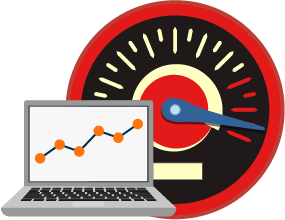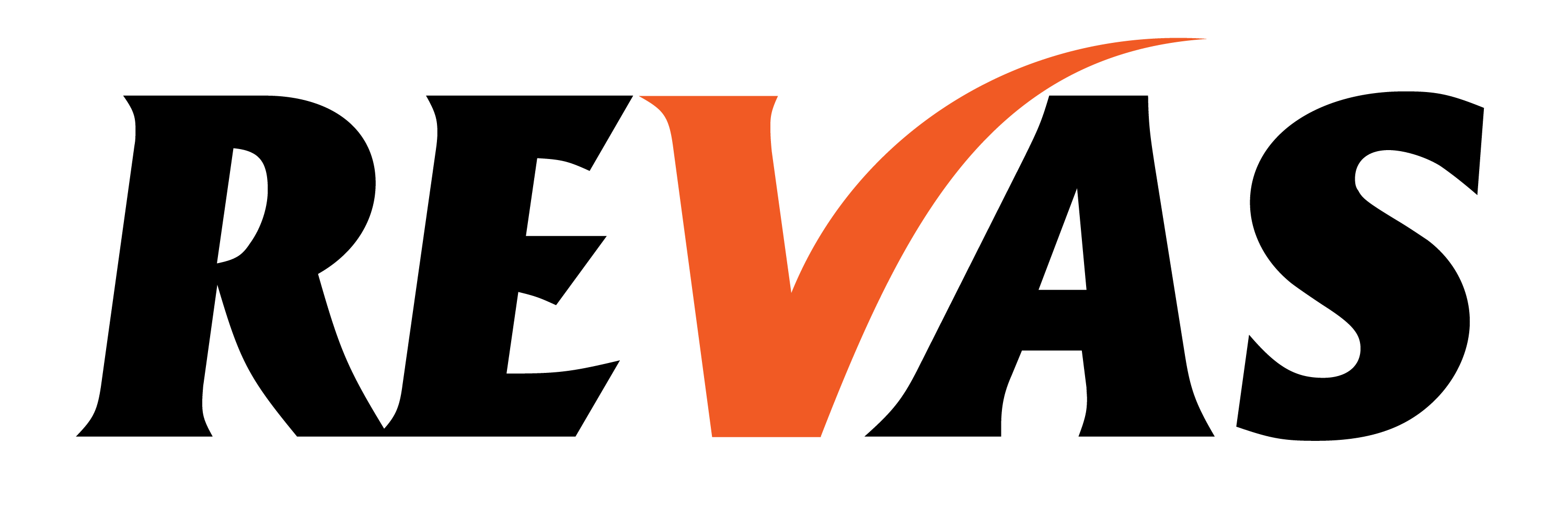📝 >> Encyclopedia >> SOPs >> Process Optimization
Real Estate Process Optimization
Business Process Improvement to Build Better SOPs & More Efficient Workflows
REVAS provides done-for-you Standard Operating Procedure Development from $200 per SOP. We'll help create the "Over the Shoulder" Training Video, then document your detailed, step-by-step SOP (including screenshots & links).

Goal:
Process Optimization is primarily focused on 2 main objectives:
#1. Reducing Waste.
The biggest problem with repetitive Processes is always going to be Waste.
There are 7 main types of Waste outlined by the brilliant “Toyota Method” (also known as Lean Production, Continuous Improvement, or “Kaizen” Workflow Management).
When it comes to Process Optimization, targeting & reducing all 7 types of Waste will be your straightforward, but difficult, objective.
#2. Maximizing Profitability.
While to some extent, reducing Waste should naturally lead to greater Profitability… optimizing your Standard Operating Procedures specifically toward maximizing Profitability can yield results you might otherwise overlook.
That’s because, while a low-waste system is almost guaranteed to be more profitable, there are other ways to optimize for greater profitability that don’t have to do with waste.
These can be things like improved structures for you pricing, offers, employee compensation models, and more.
By focusing on both Reducing Waste and Maximizing Profitability, your Process Optimization efforts will lead to a more valuable business that generates better return to shareholders (leaving more money in your pocket at the end of the day!).
How It Works:
The first, and perhaps most difficult part of Process Optimization is choosing the actual Workflows & Procedures you want to optimize!
The ideal Workflow is one that occurs often, and is a significant source of cost (be it of time, money, energy, or any mix thereof). If you already know the current Procedures are inefficient & wasteful, this is even better still.
Once you have one or two clear Procedures to target for optimization, the approach is very similar to building a whole new Process:
The main difference is an added step of Process Auditing & Improvements. This takes us from the usual 3 Stages up to 4 Stages for Process Optimization, which we’ll go into below:
Stage 1: “Over the Shoulder” Training Video Recording.
As usual, you’ll want to start by actually diving into the way the work is currently being completed. The best way to do this is recording a video with the most knowledgeable stakeholders, completing the Workflow, step-by-step (with commentary).
Stage 2: Process Auditing & Improvements.
This is the step unique to Process Optimization. Usually, you’d jump straight into building the SOP Document once the Training Video is recorded… but when it’s a more mature Procedure that you’re looking to improve, before documentation comes the actual optimization! The best way to think about Process Improvements are the 2 main goals mentioned in the Goal section (Reducing Waste and Maximizing Profitability).
Stage 3: Detailed, Step-by-Step SOP Document.
Once you’ve systematically optimized the Workflow from start to finish, it’s time to document your new & improved Standard Operating Procedure (SOP). This is essentially the same exact effort as if you were building a new SOP from scratch, other than the fact you might be able to borrow some from the old documented SOP (if you had one).
Stage 4: Implementation & Optimization of the SOP.
Finally, as usual, you’ll need to actually implement the new SOP on the front-lines: completing the work according to the step-by-step documented Procedure. Most likely, even after your optimization efforts, there will still need to be some minor tweaks & improvements to reach a finalized “new & improved” Standard Operating Procedure.
It will still be important to continually revisit your SOPs, and to collaborate with your front-line Team Members to ensure your documented Procedures match with what’s working right now in real-world Workflows.
Process Optimization should be at least a yearly endeavor, especially for your highest-cost Workflows. The world is constantly shifting, and if you don’t also keep your business processes doing the same, you’ll rapidly fall behind.
Pros:
Process Optimization can almost always either save you money and / or build a more efficient, effortless business.
In a way, it’s the single most valuable activity you can do (maybe tied with actually growing your business).
That’s because Process Optimization is the best way to increase profitability:
The more efficient & systematic your business, the higher your profit margins will be on every dollar you earn (leaving more money in your pocket & producing greater shareholder returns).
Cons:
The biggest downside of Process Optimization is the difficulty level.
Just clearly identifying which Procedures you want to optimize is a challenge.
Then going through the grueling work of the “Over the Shoulder” Training Video Recording, then auditing the entire Workflow, step-by-step, is a significant investment of time & energy.
Worse yet, if you only make it halfway through the process, failing to complete a new, fully documented, and optimized SOP… you’d be better off not starting at all, because the majority of your efforts will go to waste.
Part of the reason that is so true is the final downside of Process Optimization:
Adoption!
Once you build a more efficient, streamlined Procedure, you’ll also need buy-in from all the stakeholders on your Team. In theory, the new, streamlined Procedure should be such an improvement that your Team Members are excited to adopt it… but old habits die hard. You’ll need to both monitor & enforce adoption to ensure your Team Members are implementing the new version(s) of your optimized Procedure(s) until your confident that they’ve become habituated in your company culture.
Work Estimate:
The Work Estimate for Process Optimization (optimizing existing Procedures) is almost identical to that of Process Development (building & documenting new Procedures):
3 – 10+ Work Hours per SOP!
However, the big difference with Optimization, is that there are some hidden elements of Work that add to the overall estimate.
Those come in the form of:
a.) Actually Choosing the Procedures to Optimize. In an ideal world, this is just something always being considered in the back of your (and your Managers’) mind(s). However, if you are going to sit down & do it in a single session, this could easily add an hour or two to the total Work Estimate, since you’ll need to first evaluate what Procedures are costing you the most right now, and then decide on which one(s) you’re going to optimize.
b.) Auditing the Procedure(s) for Potential Improvements. This is the added Stage that differentiates Process Optimization from Process Development: after your “Over the Shoulder” Training Video Recording, before starting to document the SOP, you’ll need to examine the Workflow, step-by-step, to identify ways to reduce waste or increase profitability. This could add another hour or two to the overall Work Estimate, depending on the complexity of your Procedure(s).
c.) Adoption Monitoring & Enforcement. Finally, the last added potential work to factor into your Work Estimate unique to Process Optimization is the adoption curve: you’ll be needing to break the old habits of how your Team Members used to implement this Workflow, to ensure they’re following the new & improved Procedure. This might not add any extra work (if the new Procedure is so much better than Team Members are excited to use it), or it might require additional check-ins of 1 – 2 hours per week for the first couple months after implementation.
